Being able to show movement is the key to bringing an illustration to life. Movement and motion are what help you imagine what you are reading. Without these little details, drawings may be hard to interpret.
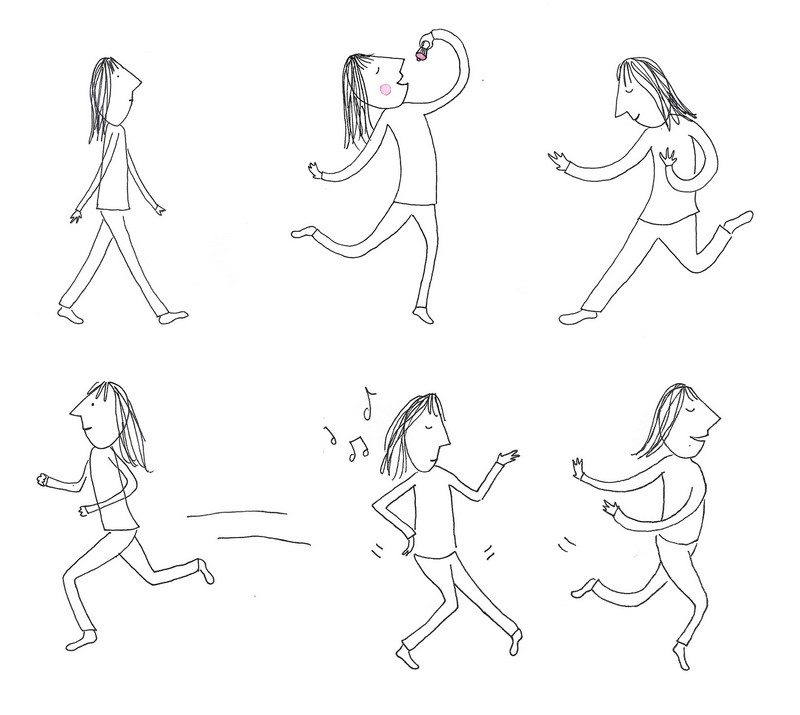
You don’t need to enter an art class to learn drawing. The first thing you need to practice for moving objects is to capture the movement. You can do this by watching videos of dance performances, for example, and replicating them on paper. This should familiarize you with form, movement and anatomy. You can even try to act out a certain action and pause in front of a mirror to know how your drawing should look.
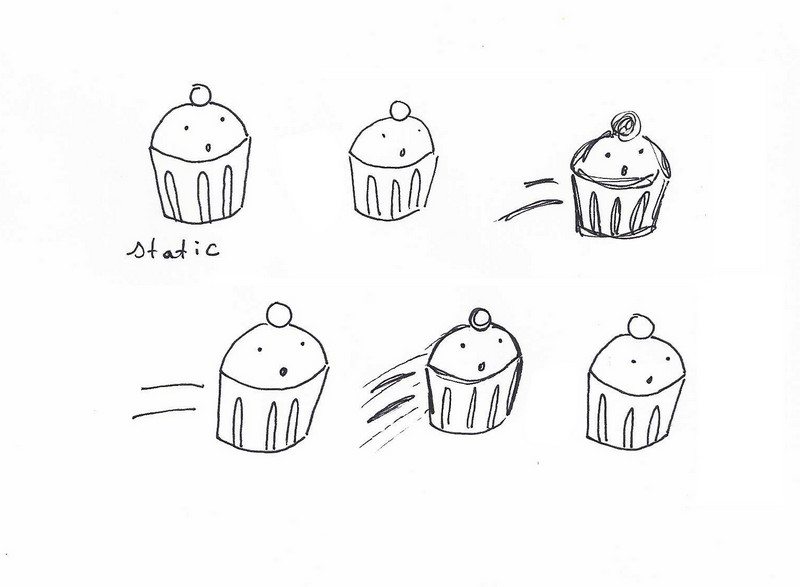
Once you’ve got a grip on drafting certain movements, the first detail you can improve are the lines. You have to experiment on the various line qualities (light or heavy/thick or thin) to know what works best for your drawing. For example, you could use thick, sketchy lines to show a nervous person or someone chilling during the winter.
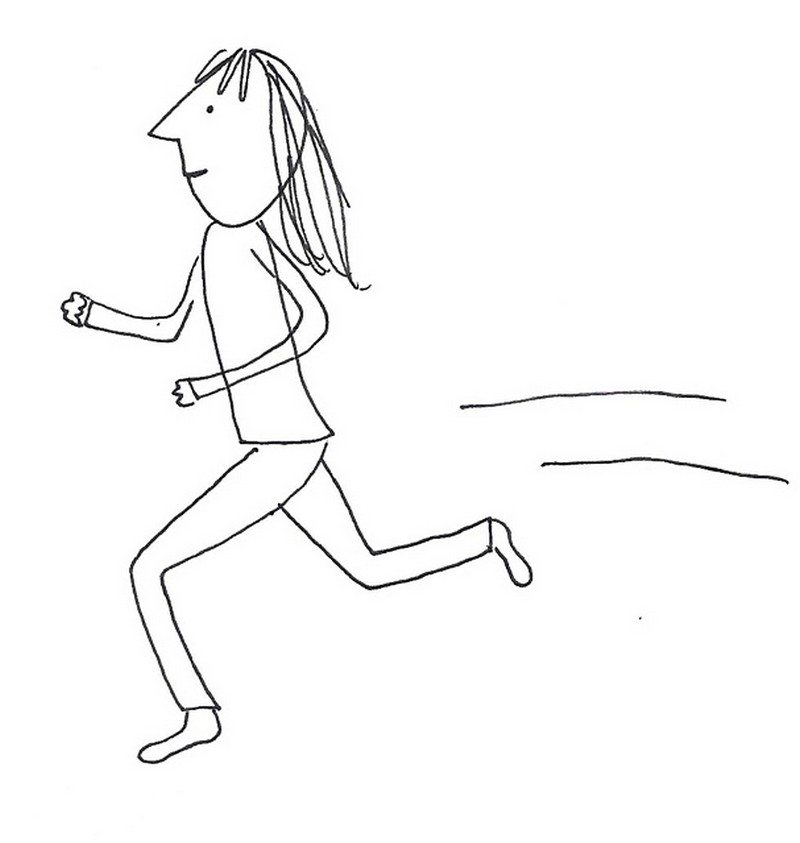
Next, add lines to imply motion. A racing car, a person jogging or a space shuttle taking off are some examples that need these lines that suggest wind caused by the movement.
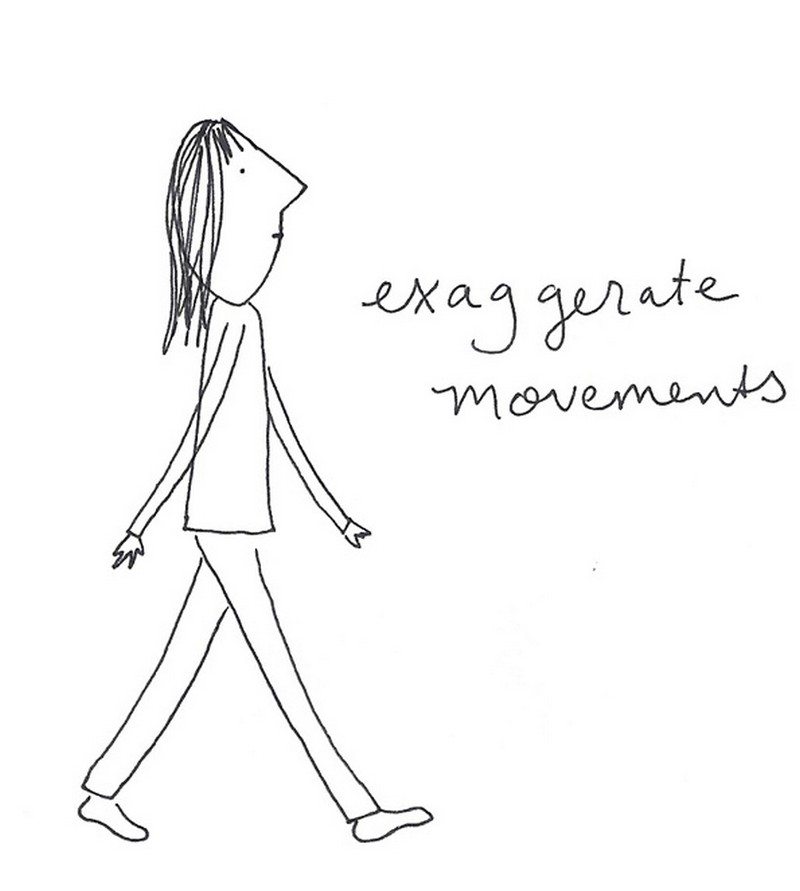
For other movements, exaggeration is the key. For instance, people in reality do not really make big swinging arm movements while waking, as shown in the drawing below. However getting certain messages across through illustrations can only be achieved by exaggerating the forms.

Facial expressions contribute to illustrating motions as well. In the drawing below, you know that the girl is walking in a slow manner because of the body form/pose accompanied by the sad, heavy eyes. Emotions should also match.
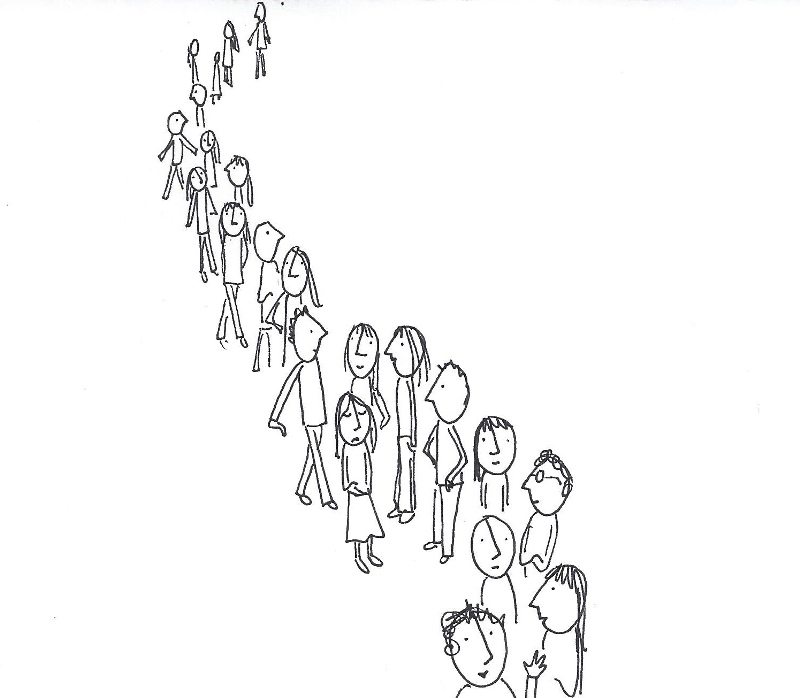
You can also suggest movement using your composition as a whole, especially when the individual pieces in your artwork are not showing much action. You can give a sense of motion by using curves. Drawing a composition consisting of close up pieces while others seem far away also adds to this sense of motion.
Source: Craftsy





